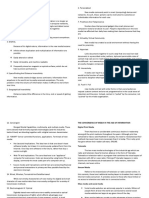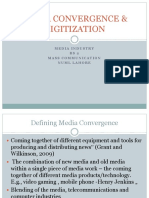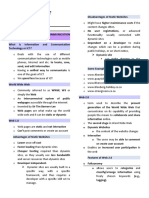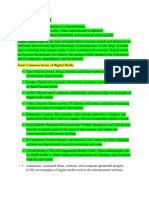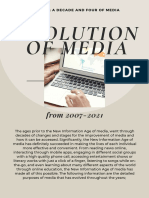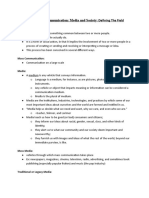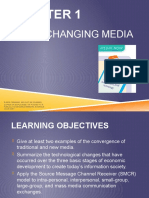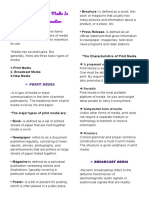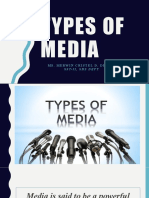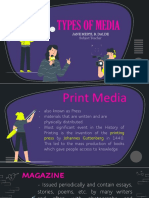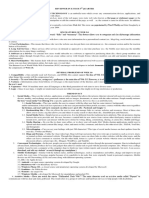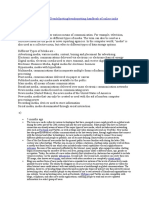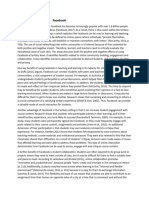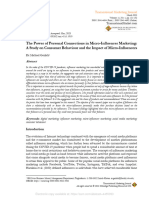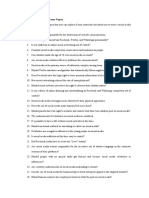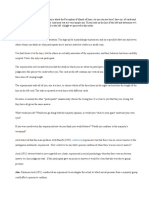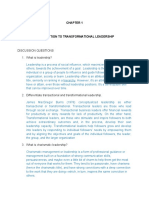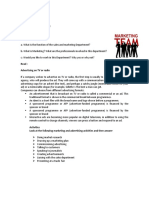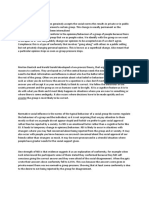0% found this document useful (0 votes)
24 views5 pagesDevelopment of Communication and Media
The document discusses the evolution of media from text to digital forms, highlighting the role of Information and Communication Technology (ICT) in transforming communication and advertising. It outlines the CPND ecosystem, which includes Content, Platform, Network, and Device, and explains the progression of the web from Web 1.0 to Web 3.0, emphasizing user empowerment and decentralization. Key takeaways include the active role of media in communication and the shift towards interactive and decentralized media platforms.
Uploaded by
Phạm Thúy HòaCopyright
© © All Rights Reserved
We take content rights seriously. If you suspect this is your content, claim it here.
Available Formats
Download as DOCX, PDF, TXT or read online on Scribd
0% found this document useful (0 votes)
24 views5 pagesDevelopment of Communication and Media
The document discusses the evolution of media from text to digital forms, highlighting the role of Information and Communication Technology (ICT) in transforming communication and advertising. It outlines the CPND ecosystem, which includes Content, Platform, Network, and Device, and explains the progression of the web from Web 1.0 to Web 3.0, emphasizing user empowerment and decentralization. Key takeaways include the active role of media in communication and the shift towards interactive and decentralized media platforms.
Uploaded by
Phạm Thúy HòaCopyright
© © All Rights Reserved
We take content rights seriously. If you suspect this is your content, claim it here.
Available Formats
Download as DOCX, PDF, TXT or read online on Scribd
/ 5









